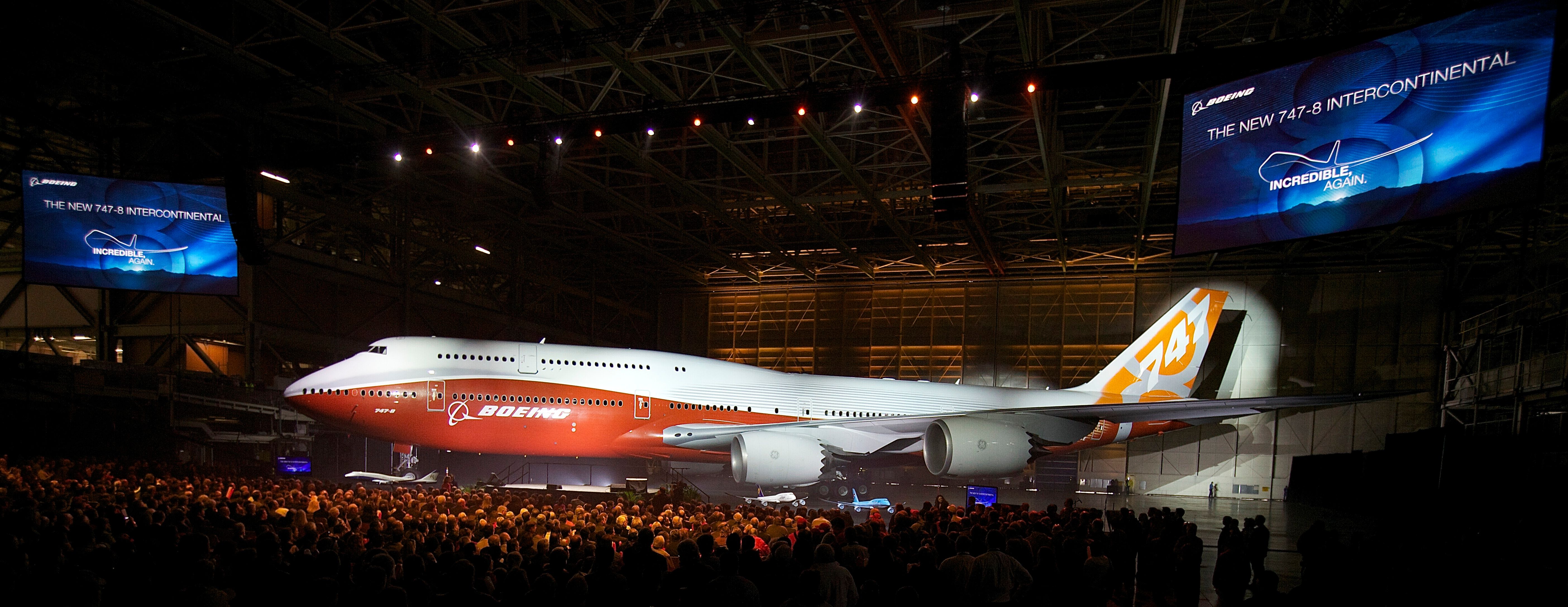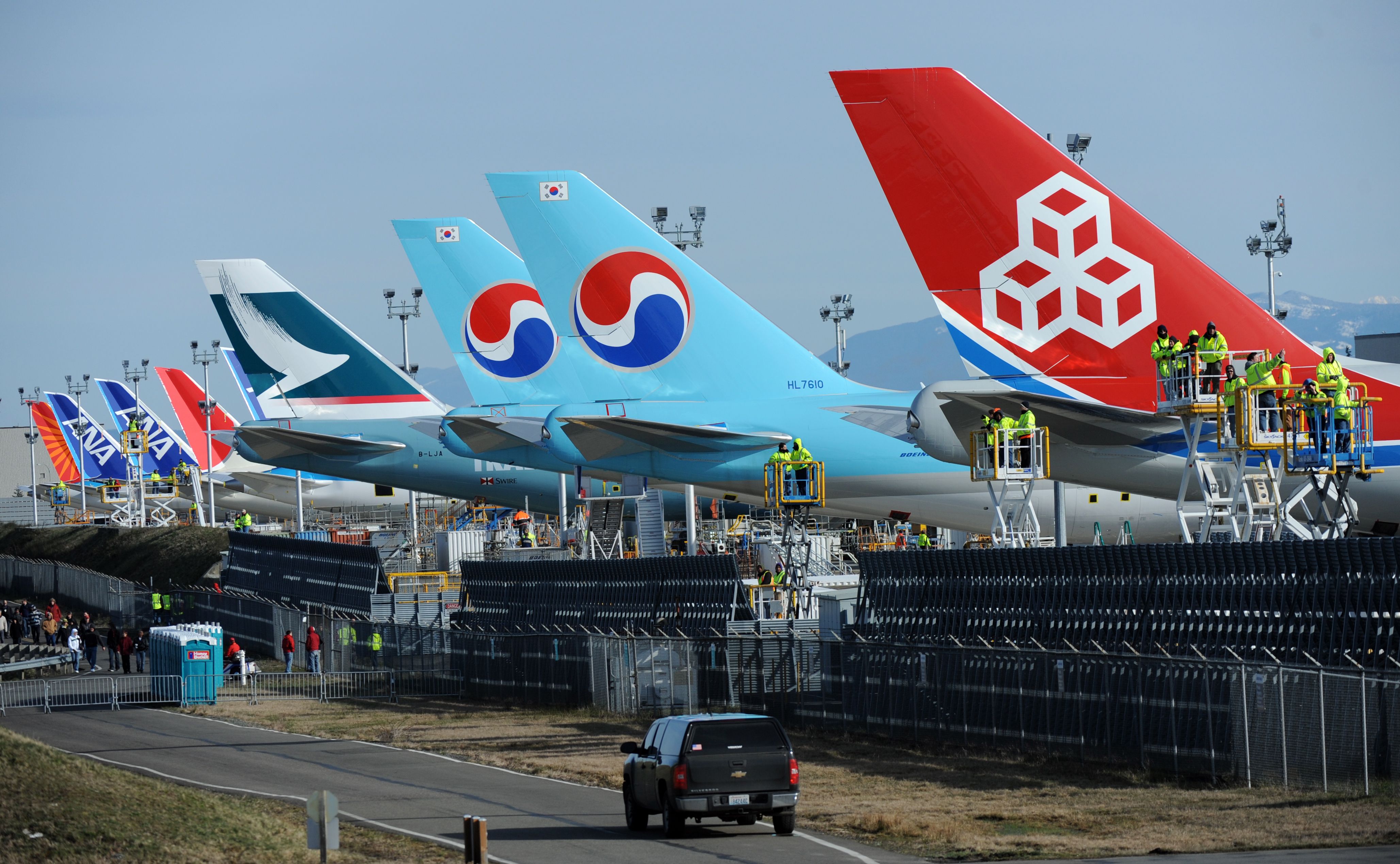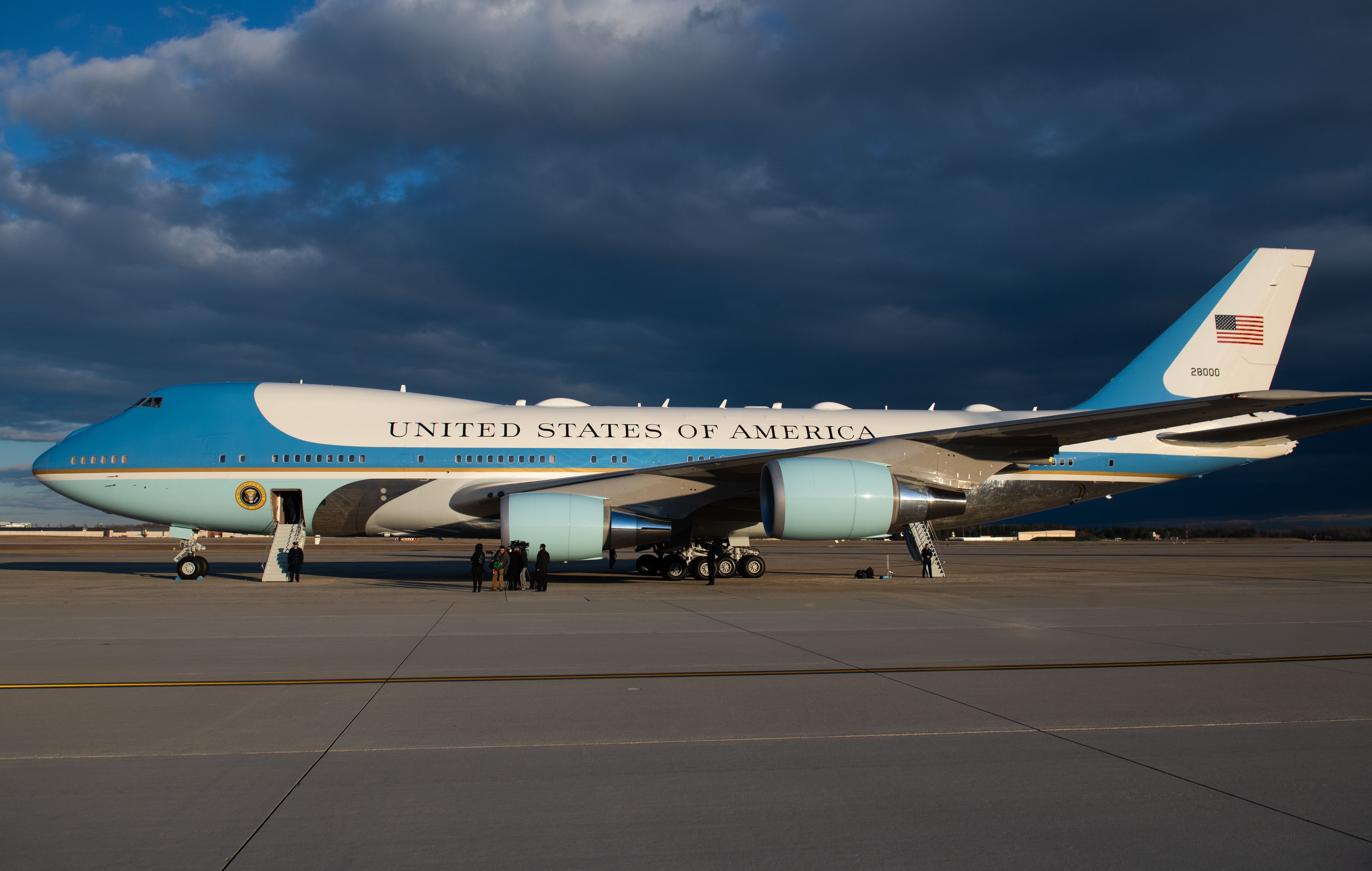As the production saga of the iconic Boeing 747 comes to an end, we thought we would take a look at Boeing's two final passenger models of the jet and see how they compare. And perhaps gain some insight into why one went on to sell over 540 units and the other only 58.
The two jets were launched two decades apart, with the 747-8 being the long-awaited update to the very popular 747-400. Naturally, Boeing had hoped for a similar success with the -8, its largest double-decker yet. However, despite vast technological and efficiency enhancements on the newer model, this did not come to pass.
Of course, even though much of the hardware and fuselage shapes have remained the same due to slow innovation cycles, 20 years in aviation still means plenty of technological advancements. At first glance, you might notice the more obvious differences between the 747-8 and the 747-400.
The engines of the newer variant have engine cowlings with serrated edges, just as the engines on Boeing's Dreamliner family and the 737 MAX. And where there was once a small winglet on the -400, no winglet exists on the -8. Meanwhile, if we look more in-depth, we see that there are more differences that are perhaps not as immediately distinguishable by the naked eye.
Dimensions
While the overall shape of the two 747s may look similar to one another, the dimensions have changed. The -8 actually has a larger wingspan, longer fuselage, as well as an extended upper deck.
- Wingspan: The 747-8 has an additional 3.5 meters of wingspan (68 meters)
- Length: The 747-8 is 5.6 meters longer (76 meters)
- Height: The 747-8 is 10 centimeters taller (19.4 meters)
For passenger versions, the 747-8 offers 51 additional seats over the 747-400. For the freighter variants (which have sold 170 units of the 747-400 and 142 units of the -8, so not as big a difference in popularity as for passenger versions), the increase in length equates to more cargo volume. In fact, with the 5.6 meters of extra fuselage length, the 747-8 offers 16% more revenue cargo volume. This equates to four additional main-deck pallets and three additional lower-hold pallets.
Quieter engines, better efficiency
While the 747-400 has three engine options from General Electric, Pratt & Whitney, or Rolls-Royce, the 747-8 exclusively uses the General Electric GEnx, which is the same engine used on the 787 Dreamliner.
Of course, technological advancements in engine making over the last decades of the 20th century means that this much newer engine has a much higher bypass ratio. It also features composite fan blades and a composite fan case. It is also equipped with "a low-emissions combustor and a virtually maintenance-free fan module."
So what is the result of a much newer engine? According to Boeing, the 747-8 reduces carbon emissions by 16% and therefore is 16% more fuel-efficient. The more modern engine also gives it a 30% smaller noise footprint.
An advanced cockpit
Along with the newer engines, some of the most significant upgrades could be found in the -8's cockpit. Here is a list of improvements that came with the newer model:
- Vertical situation display (VSD): Giving pilots a clear view of the airplane's current and projected flight path.
- Although the 747-400 had a flight management computer (FMC) as well, the -8 has an upgraded FMC.
- Electronic checklist.
- Airport moving map (AMM): An electronic map of airport taxiways, runways, and gates.
- Liquid-crystal-display screen technology replaces cathode-ray-tube screens throughout the flight deck.
Maintenance
With advances in materials technology, engineering, and manufacturing, the -8 requires less maintenance than its predecessor. The maintenance intervals are longer, which means less time on the ground compared to the -400.
|
747-8 |
747-400 |
|
|---|---|---|
|
Line Maintenance 1,000 flight hours |
A Check 600 flight hours |
|
|
Hangar Maintenance 10,000 flight hours, 24 months |
C Check 7,500 flight hours, 18 months |
|
|
Heavy Maintenance 8, 8, 6 years |
D Check 6 years 8, 8, 6 years |
Get the latest aviation news straight to your inbox: Sign up for our newsletters today.
The most significant difference: Aircraft orders
Outside of the technical characteristics and specifications of the two jumbo jets, the number of orders of the two models varies greatly. For the 747-400 and its variants (including combi, extended-range, freighter, etc.), a total of 804 were ordered, according to Boeing's own figures on orders and deliveries.
This overshadows the mere 200 deliveries of the 747-8 (both the intercontinental/passenger version and the freighter combined). Boeing has two 747-8F jets to deliver to Atlas Air, before the production of the most iconic quadjet the world has ever known winds down.
Furthermore, the ratio of freighter orders to passenger-variant orders is much higher with the newer -8. Some of its more notable customers have been cargo operators such as UPS, and the freighter versions of both aircraft remain active with many operators across the globe, despite the quadjets falling out of favor for passenger operations.
In comparison, the 747-400 became the choice for many passenger airlines and their long-haul operations, including British Airways, KLM, Qantas, Japan Airlines, and many more. Today, only a handful of carriers still operate the 747 on commercial routes, take a look at this article if you want to know where your best bet is to fly on the Queen of the Skies before she officially exits the passenger stage.
The similarities
While a lot has changed with the newer -8, it's worth mentioning all the similarities between the two models. These include identical:
- Type rating
- Nose-door loading capability (industry-standard 3-meter pallets)
- Cargo-density capability of 10.3 pounds per cubic foot (165 kilograms per cubic meter)
- Ground-support equipment (including pneumatic start carts, ground power units, and potable water and lavatory service carts)
- Cargo-handling equipment
- Flight handling characteristics
- Door heights
Boeing notes that tow tractors used for the 747-400 can be used to move the 747-8 as well. However, the new airplane's higher takeoff weight requires a larger towbar. Furthermore, its larger nose-landing-gear tire precludes the use of certain towbarless vehicles.
Having many of these commonalities was critical for Boeing in order to market the aircraft to passenger and cargo airlines that already had the 747-400 in their fleets. This can be clearly seen with commercial airlines like Lufthansa and Korean Air.
Interestingly, both variants have been selected by governments for VVIP transport. The Government of South Korea used the 747-400 as its "Code One" presidential jet and has now transitioned to the 747-8. Additionally, the United States Government is currently working on retrofitting two -8s as the new Air Force One, replacing the modified 747-200 seen above. However, despite the idea of a new livery being scrapped, Boeing has experienced some production delays.

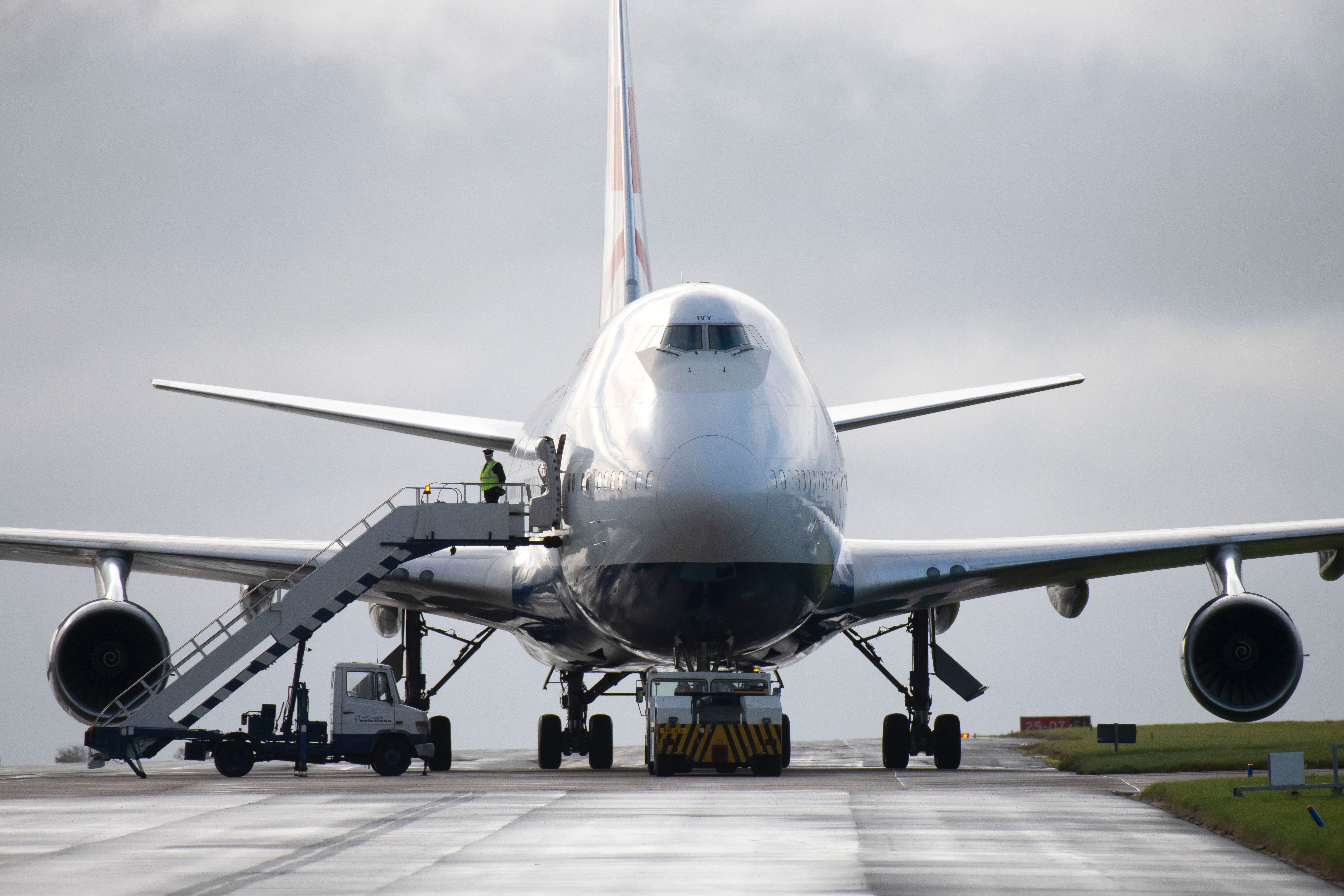
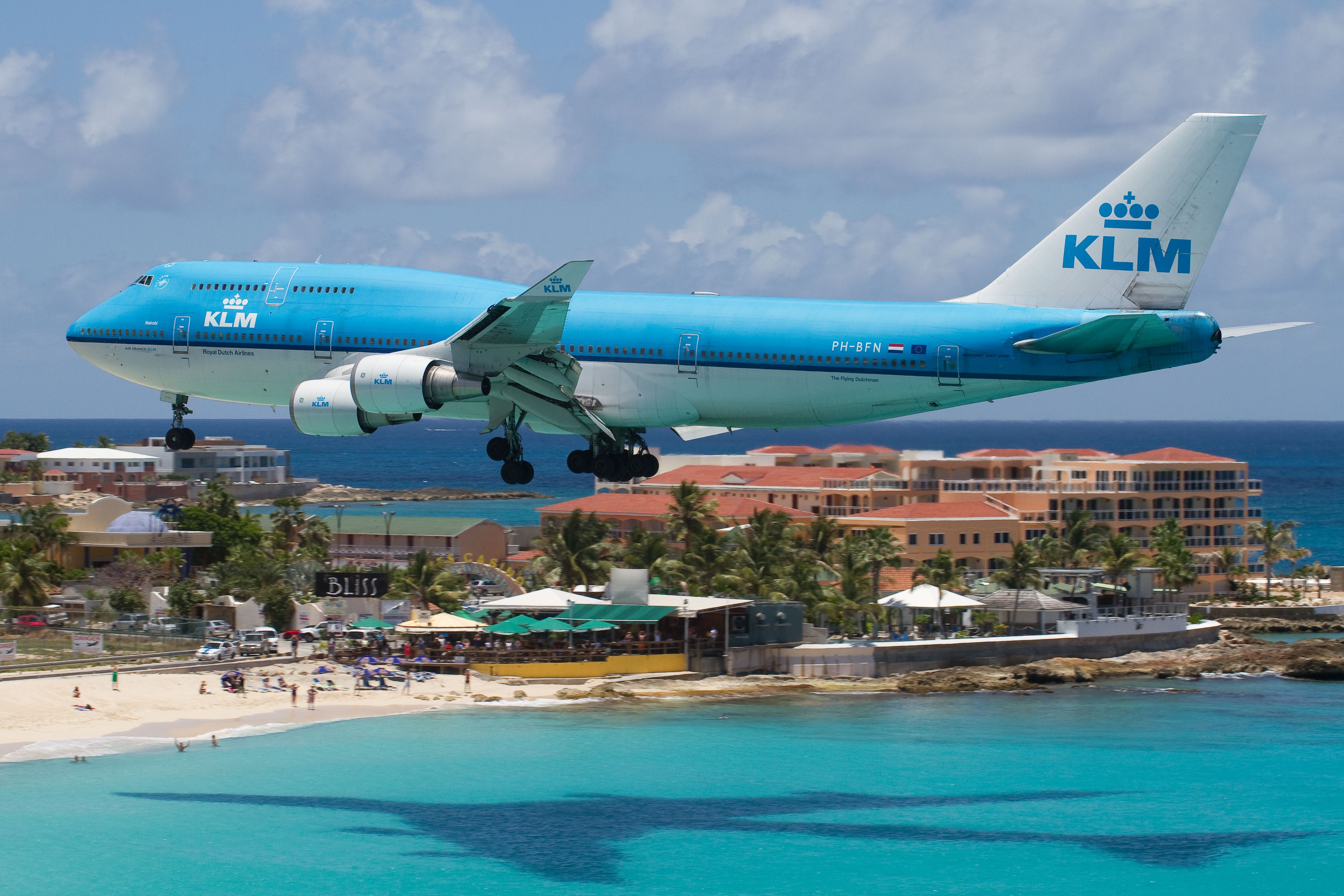
.jpeg)
